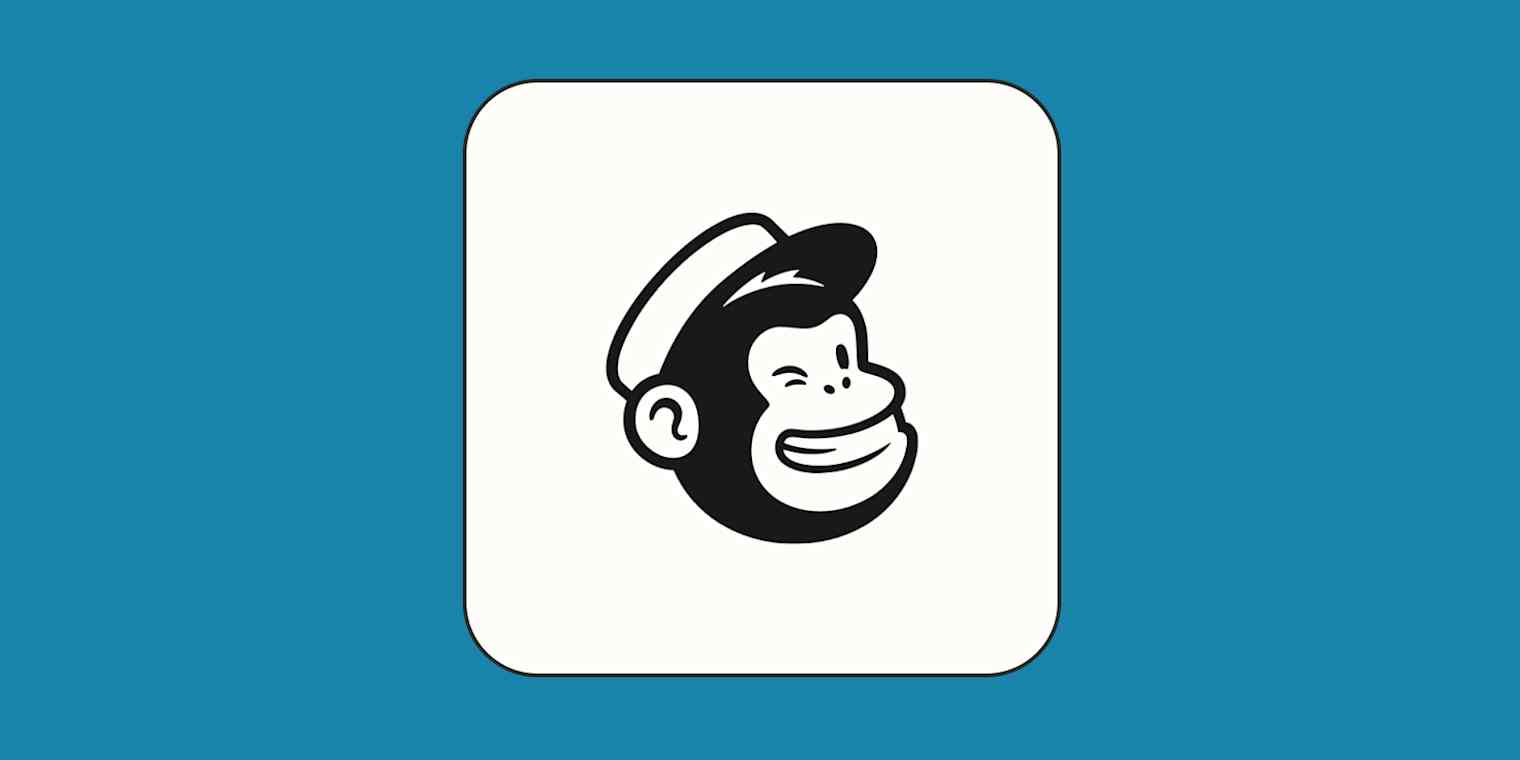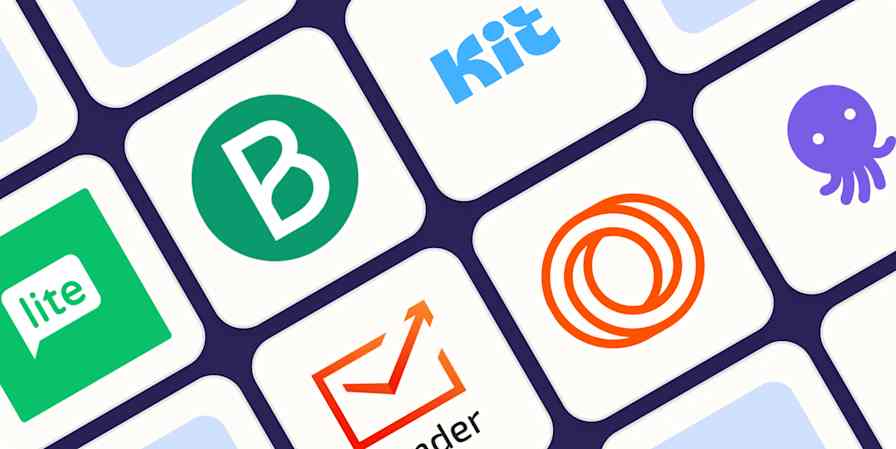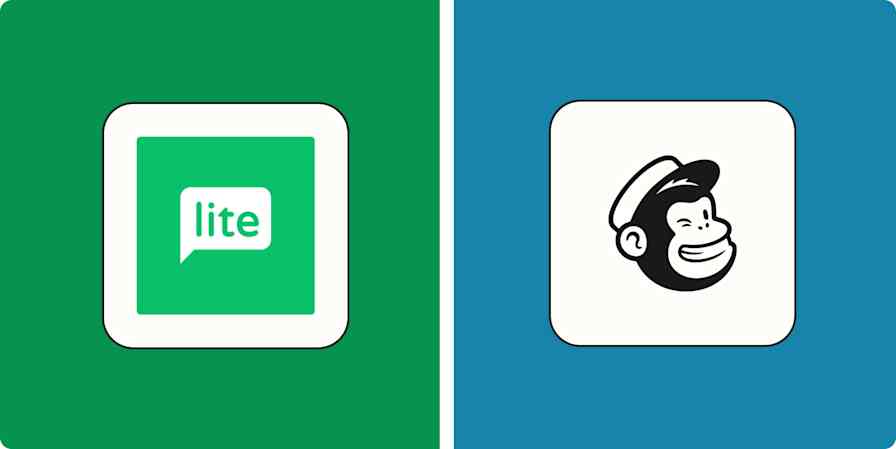App tips
8 min readHow to do A/B testing in Mailchimp
Everything you need to know about running a Mailchimp A/B test
By Althea Storm · January 24, 2023

Get productivity tips delivered straight to your inbox
We’ll email you 1-3 times per week—and never share your information.
tags
mentioned apps
Related articles
Improve your productivity automatically. Use Zapier to get your apps working together.









